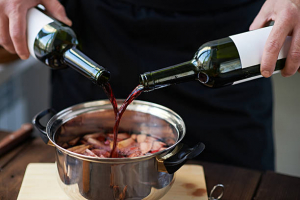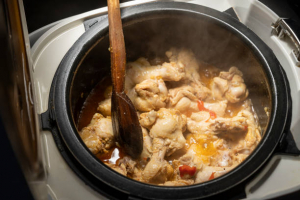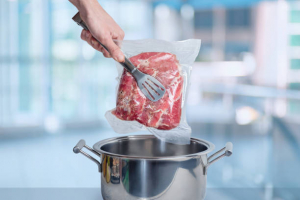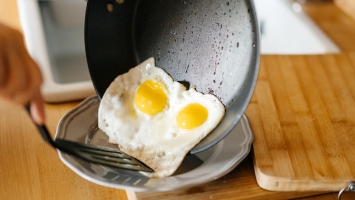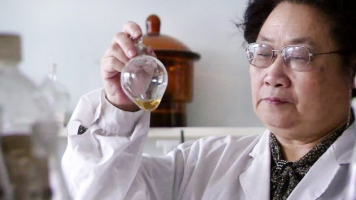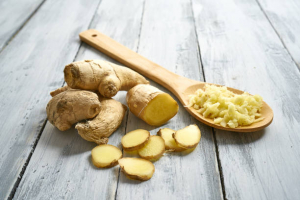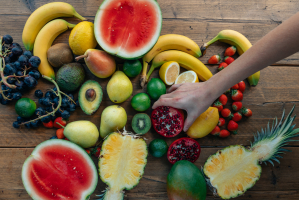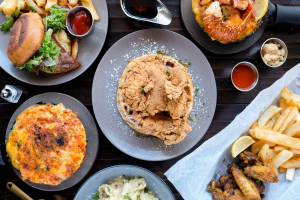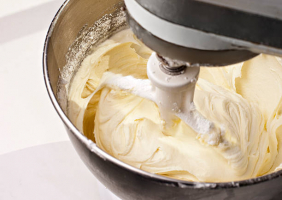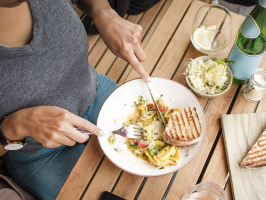Top 7 Best Tips You Need When Sous Vide Cooking
Over the last several years, sous vide cooking technology has captured the world of home cooking. It is the technique of vacuum sealing food in a plastic bag ... read more...and then immersing the bag in temperature-controlled water. This approach yields better tasty output, saves waste, and allows for greater flexibility in terms of time consumption and attentiveness. And here are the greatest tips for you when sous vide cooking.
-
It is very important that before you put your brand new sous vide equipment to the test, make sure you have all of the essential supplies. There are few things more disappointing than studying a recipe, gathering all of the necessary components, and then discovering you're missing an important piece of equipment. While a big cooktop pot may be large enough to accommodate your immersion circulator, steel pots are not the most efficient temperature insulators, and temperature insulation is the most crucial component in sous vide cooking.
A big, at least 8-quart plastic container is ideal for managing water temperature and giving ample space when cooking for a larger group. Many sous vide recipes require lengthy cooking durations. As a result, you'll need the correct bags to deal with, ones with a strong enough seal that will survive, such as zipper lock freezer bags. However, using a vacuum sealer is the most effective technique to seal your components. They are, without a doubt, a financial investment, but their quality, consistency, and lifespan make it one worth making.
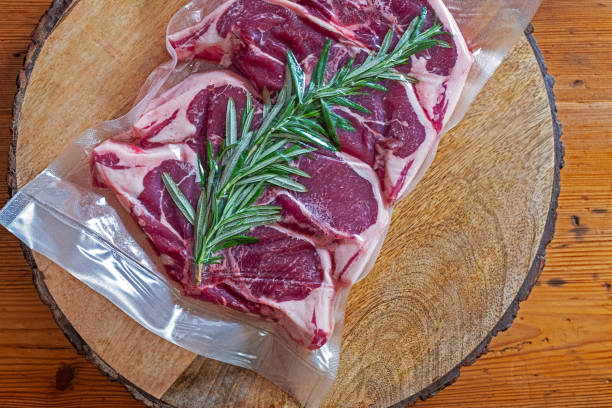
Have the right tools 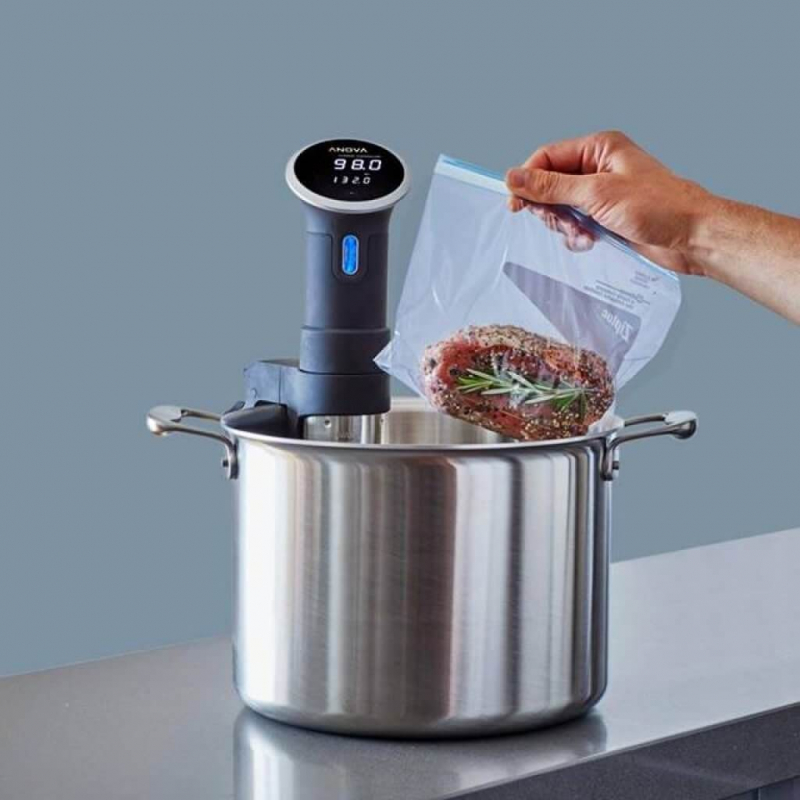
Have the right tools -
When you're ready to get started with your sous vide, start with easy, straightforward recipes. Individual steaks, big pieces of pork, chicken breasts, and filets of fish like cod or salmon are suitable beginning points for becoming acclimated to the mechanism with a small learning curve and nevertheless amazing outcomes. There are several sous vide recipes for delicate, leafy greens, but they require more expertise. Instead, start with bigger, thicker root veggies like carrots or asparagus and dense carbohydrates like potatoes or squash.
You can eventually try to prepare some greens. Sous vide is the best cooking method for vegetables, so while they may be more difficult to prepare than proteins, they are something to strive for as you learn how to utilize the water bath for more than just proteins. As a result, the trick is to start easy; start with items you've prepared previously. With a little effort, you'll be able to take on unusual and complex recipes and uses.
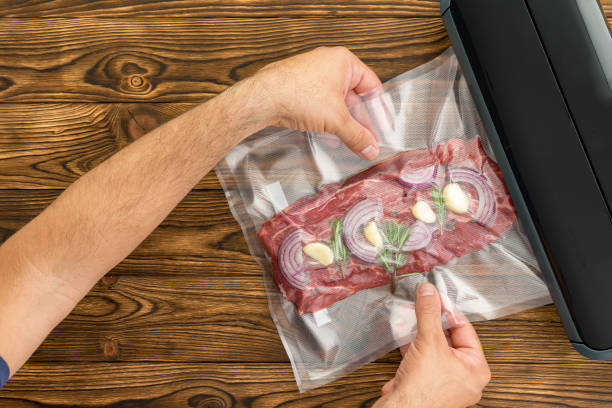
Practicing with simple dish 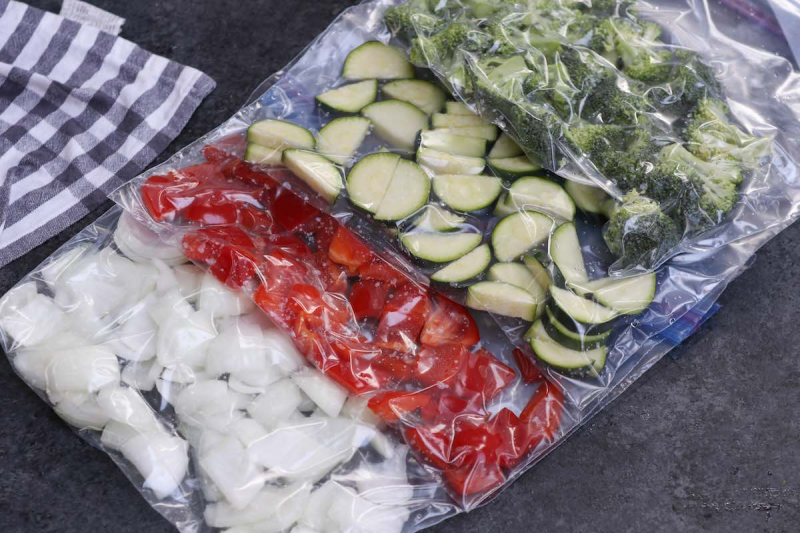
Practicing with simple dish -
Despite the fact that many sous vide recipes ask for searing any meat after cooking it in a pan, this does not imply that there isn't another crucial stage in the process. You want the crust of a steak to be crisp and caramelized if you cook it to a specific temperature. In addition to creating a fantastic crust, completely drying off the outside of the meat can assist shorten the sear and maintain the interior temperature. Your meat must first be cooked to remove any moisture on the exterior; otherwise, browning won't happen. The browning process may begin more rapidly and the meat can come out of the pan earlier if the moisture is completely gone.
Patting the meat with fresh paper towels is one way to get rid of any moisture. A dishcloth may also be used to absorb any moisture; just be sure to save it only for that purpose and not for any other. Dishcloths are a practical choice because they are washable and reusable. You may even store the cooked meal, uncovered, in the refrigerator for an entire night if you're preparing something with a skin, like chicken wings. After that, all that's required to prepare the food for eating is a brief sear in a skillet or to place it under a broiler. Since the fluid will have already evaporated, nothing will spew out the wings.
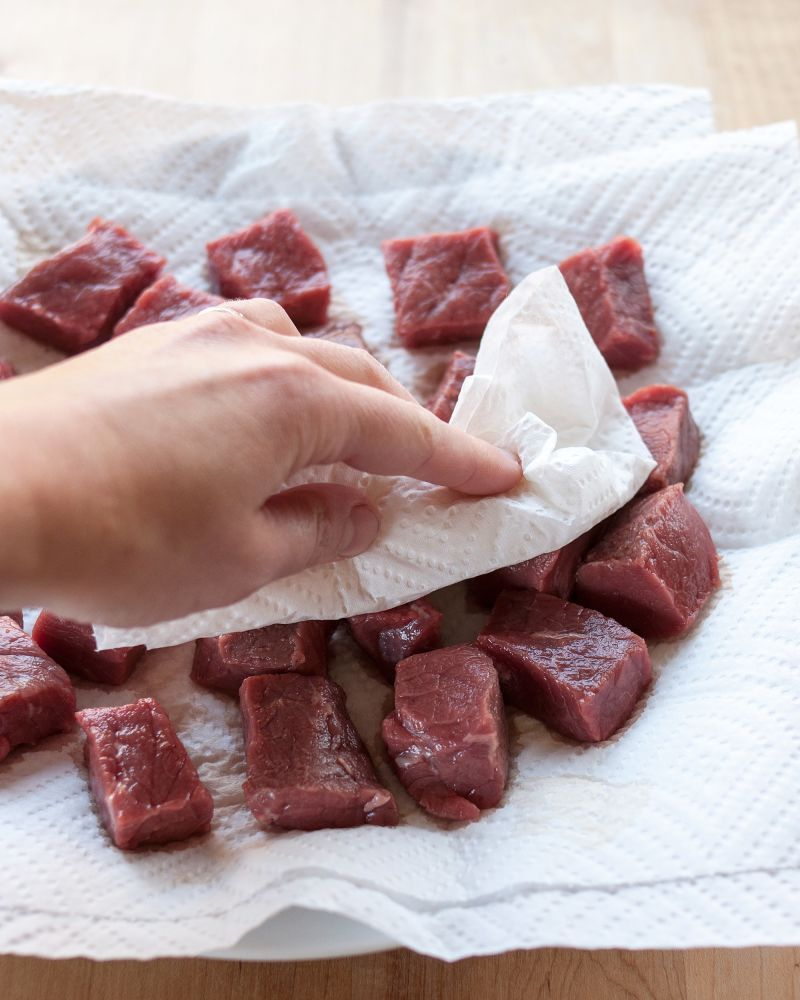
Drying meat before searing 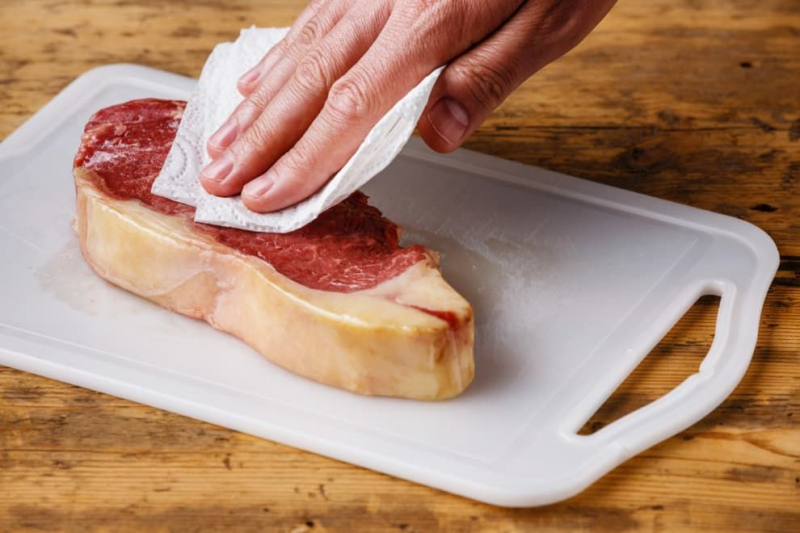
Drying meat before searing -
The finest pan to use for searing dishes cooked sous vide is a cast iron skillet. Cast iron is so thick that it can absorb a lot of heat, hold it for a long time, and then disperse it evenly throughout the pan. Vegetables cook more quickly and with a deeper crust when heat is spread uniformly, and you won't need to continuously adjust the heat source or rotate the pan to speed up the cooking of some components of your meal.
Given that the sous vide has just cooked your food to a precise temperature, its capacity to maintain a steady high temperature uniformly over its surface makes it ideal for searing off your completed sous vide goods. The entire aim of the sous vide will be undermined if the food is given one last short sear in a pan with uneven and erratic heat distribution. Cast iron skillets are also inherently nonstick and, when properly seasoned, give still another level of taste to whatever is being cooked inside. In addition to being incredibly simple to clean, cast iron skillets get better with use.
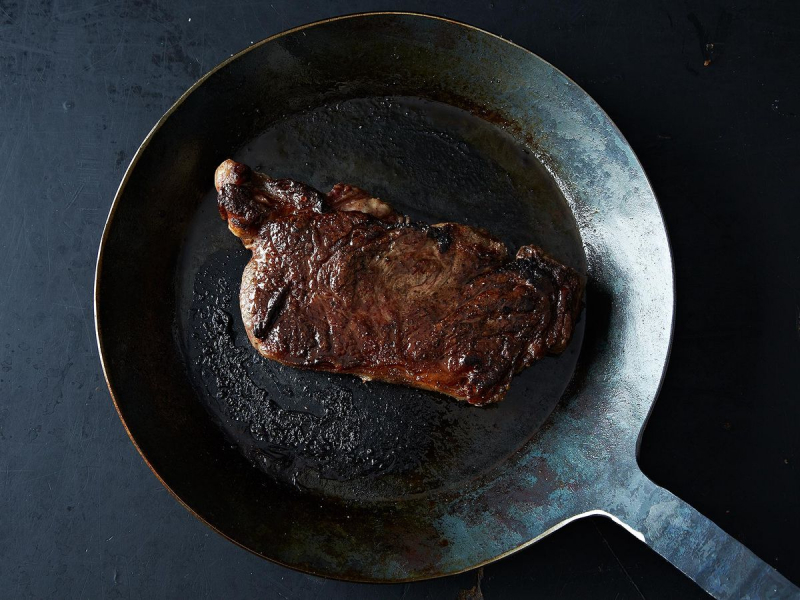
Always sear with cast iron 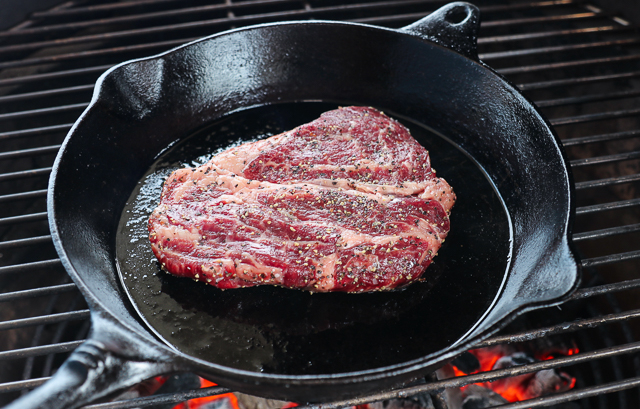
Always sear with cast iron -
The bags used to enclose your food during sous vide cooking consume a lot of plastic, and they frequently come into touch with raw meat. It may seem clear-cut and easy to dispose of the single-use plastic used for sous vide, but what about the environment and being wasteful? In actuality, sous vide cooking uses a lot less energy than conventional cooking techniques. Additionally, the sous vide plastic bags are recyclable. In other circumstances, such as when they are exclusively used to store fresh fruits, vegetables, or sauces, sous vide bags can even be reused.
If you decide to reuse your sous vide bag, make sure to disinfect it as well as clean it. Cleaning the bag thoroughly with soap and hot water, followed by filling it with one part bleach and ten parts water, is an efficient approach to do this. After letting it soak for a few minutes, rinse it off. Make sure that none of your other sous vide equipment or the bleach solution ever come in contact. Reusing your sous vide bags in inventive ways is another option to practice environmental sustainability. They may be sterilized and then used to pack a lunch or preserve baked goods. Even better, you may reuse your sous vide bags several times before adding raw meat, fish, or eggs. Your bag will have been used more than once before being recycled in this manner.
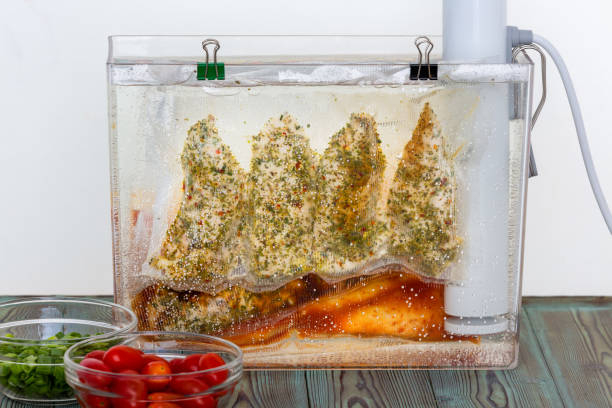
Don't be wasteful 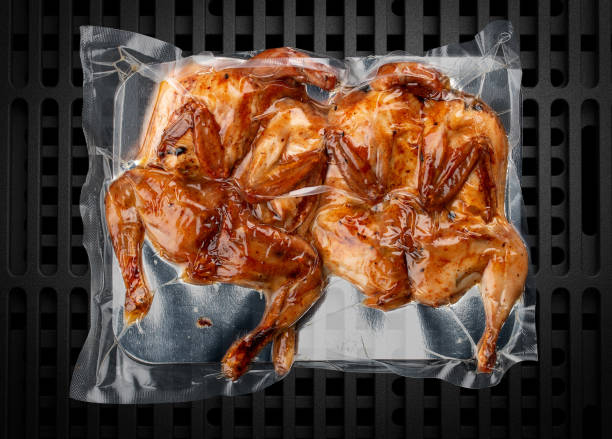
Don't be wasteful -
The displacement technique is the best choice if you don't have access to a vacuum sealer. According to Sous Vide Ways, this method is not only inexpensive, but it will typically provide results that are just as good as those produced by a vacuum sealer. Simply place your food in a freezer bag, a stasher bag, or a double-zipper Ziploc bag along with any marinades. Only one corner of the bag should be unzipped after it is around 80% closed.
The bag should then be entirely submerged under water, any air pockets should be gently massaged out, and the bag should be slowly lowered further into the water until the pressure inside the bag expels all of the air. The bag may then be taken out and manually closed. After releasing the air, it is crucial to thoroughly close the bag. If the bag is not totally air tight, it is impossible to sous vide food. Although a good vacuum sealer will guarantee a completely sealed bag every time, the water displacement method is probably easier for amateur chefs to use.
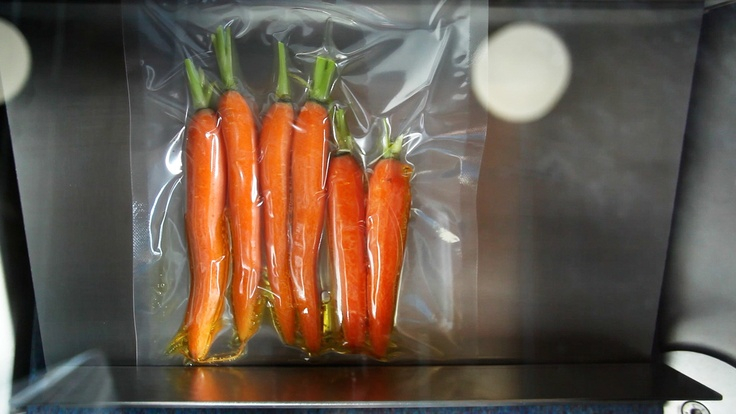
Considering displacement methods 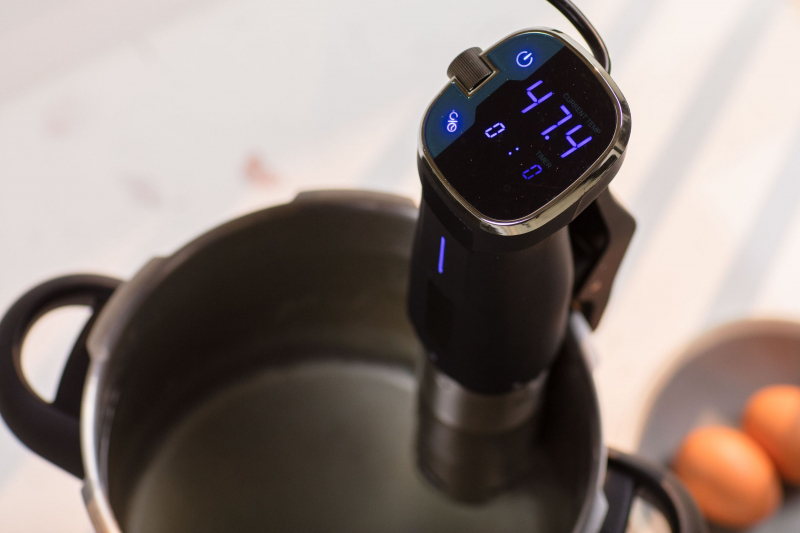
Considering displacement methods -
Any recipe must be started with a clear grasp of the desired outcome. If you don't, you'll just be blindly following a recipe's directions. For instance, sous vide is particularly popular for precisely cooked steak. The steak will be cooked for you by the sous vide, however the final product does rely on your preferences. Prior to doing anything further, it is important to comprehend and choose the scale of doneness, which ranges from rare to well-done. It truly does make a difference in how much you and everyone else who is dining with you enjoy the meal.
According to Sous Vide Supreme, a sous vide steak should be done to the following degrees: Medium-rare is 135 degrees Fahrenheit, medium is 140 degrees, medium-well is 150 degrees, and well done is 160 degrees and above. Also to be considered is the fact that the majority of beef recipes demand for the cut to be seared in a pan after being removed from its bag. So, depending on the kind of pan you have and how much rest time your recipe specifies, make sure to take this into account. Again, this just applies to steak as an example; other meals, such as fruits and vegetables, would call for completely different temperatures.
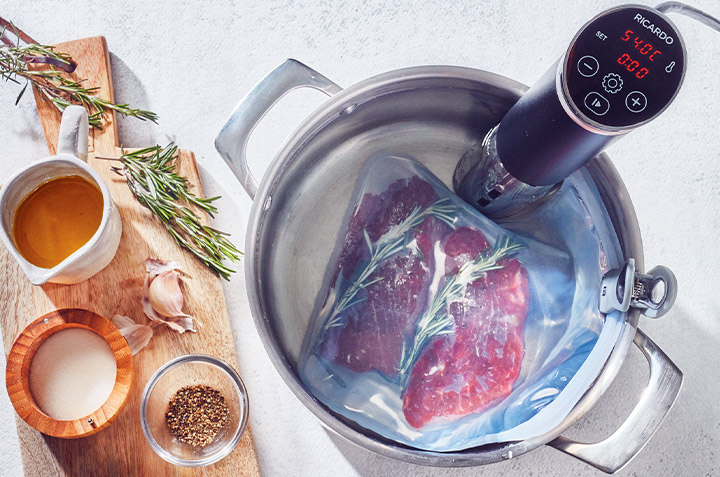
Paying attention to the final product 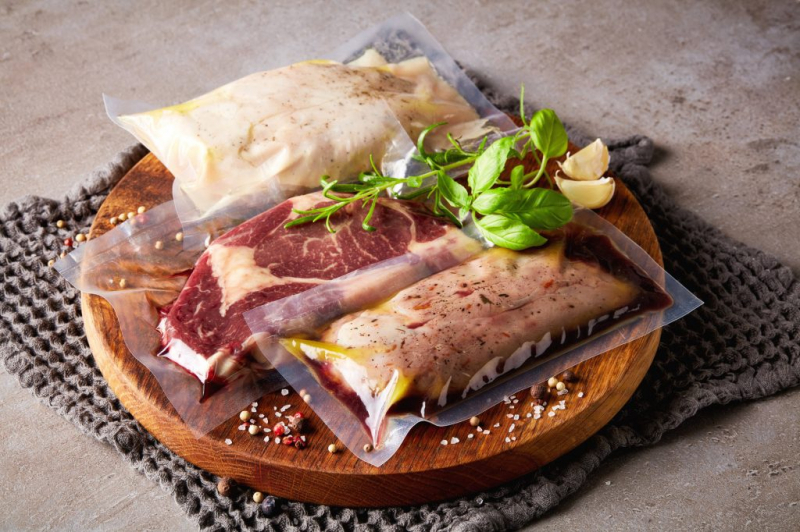
Paying attention to the final product









